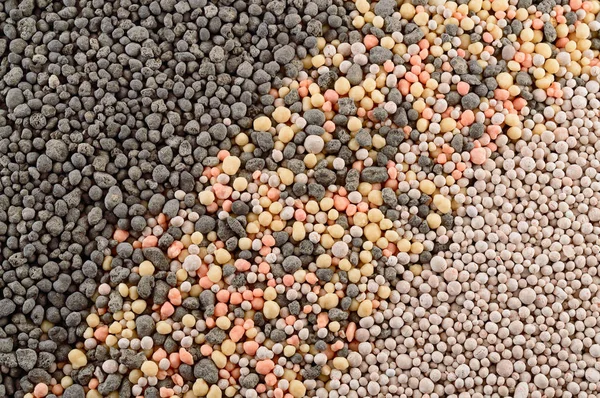“The most serious consequence of this delay is the impact it may have on the delivery of fertilizers due to logistical problems…”
Marcelo Mello is the director of fertilizers at StoneX Brasil, with a degree in administration from Fundação Getúlio Vargas.

Marcelo Mello, director of fertilizers at StoneX Brasil
AgriBrasilis – Why is there a delay in fertilizer purchases for 2024 in Brazil? What are the consequences?
Marcelo Mello – The main reasons for the delay in purchases, especially for the demands of the 1H of 2024, are the delay and uncertainties regarding the planting of the 2023/24 summer crop; an unattractive exchange ratio, mainly between nitrogen fertilizers and corn, which prevailed until early November 2023; and the high interest rates.
The most serious consequence of this delay is the impact it may have on the delivery of fertilizers due to logistical problems that will probably be worse because of this.
AgriBrasilis – What are the most significant months for farmers to purchase fertilizers?
Marcelo Mello – Soybean and corn represent approximately 60% of Brazilian fertilizer demand. Considering that soybean planting is concentrated between the months of September and November, the corn crop is concentrated between January and February and the acquisition of fertilizers is normally carried out two to three months before planting, so the majority of the purchases tend to happen between the months of June to August and October and November.
AgriBrasilis – How much have fertilizers represented in production costs?
Marcelo Mello – For grains, such as soybeans and corn, fertilizers represent around 30 to 40% of the production cost in the main Brazilian agricultural regions.
AgriBrasilis – What marked the fertilizer market in 2023?
Marcelo Mello – Unlike the last two years, where price volatility was extremely high, in the 1H of 2023 the NPK fertilizers prices were still decreasing, which is a process that began in mid-2022, and then they entered a sideways price trend from the 2H onwards. Less volatile prices and at a lower level than in have 2022 encouraged a recovery in consumption/deliveries during 2023. As a reference, in 2022, consumption fell by 10%, but in 2023 the estimate is that it will return to the historic record levels reached in 2021.
AgriBrasilis – Did the earthquake in Morocco in September harm the phosphate market? Why?
Marcelo Mello – Considering that Morocco was the world’s largest exporter of high-grade phosphates in 2022, according to official data from the International Fertilizer Association, the market raised a warning signal when the earthquake hit the country in mid-September of 2023.
However, it soon became clear that the earthquake had not generated any relevant impact on the phosphate production and export chain.
AgriBrasilis – How is the market reacting to the possible reactivation of Petrobras’ factories?
Marcelo Mello – Unigel, a company that has leased the former Petrobras nitrogen plants in the States of Sergipe and Bahia since November of 2019, has been facing financial difficulties. At the beginning of November of 2023, Unigel suspended production at its plant in Camaçari, State of Bahia, which, according to the company, had been operating at a deficit since the end of 2022, due to the high costs of natural gas.
AgriBrasilis – The National Fertilizer and Plant Nutrition Council has just approved the guidelines, goals and actions of the new National Fertilizer Plan. What are the sector’s expectations?
Marcelo Mello – The National Fertilizer Plan is extremely important to Brazil. The segment’s expectation is that Brazil’s dependence on the international market will decrease. However, results of this policy should only be observed between 2030 – 2040. As part of this effort, the resumption of works to complete the UFNIII ammonia and urea production plant in Três Lagoas was included in September of 2023 in the Federal Government’s Growth Acceleration Program (PAC) for the State of Mato Grosso do Sul.

